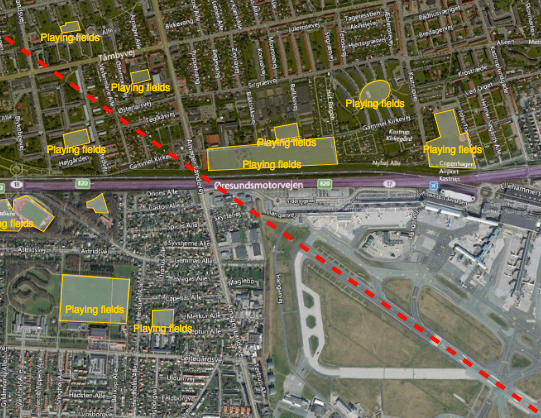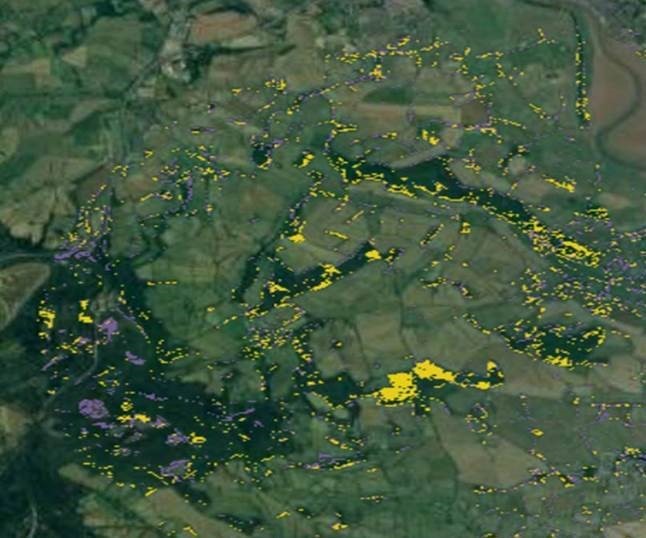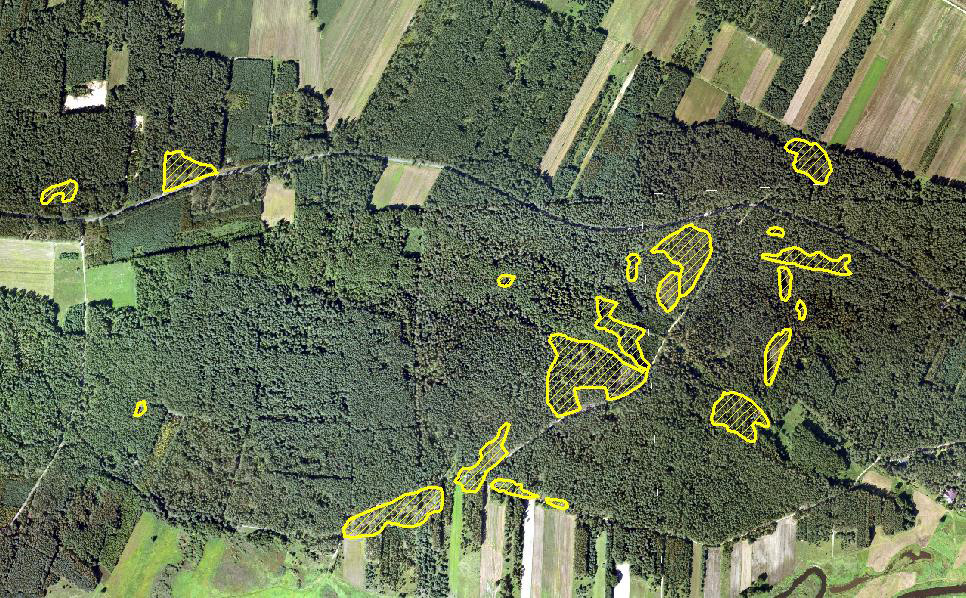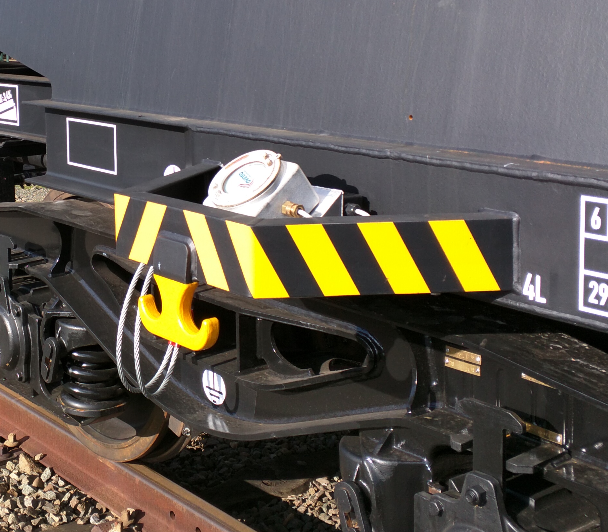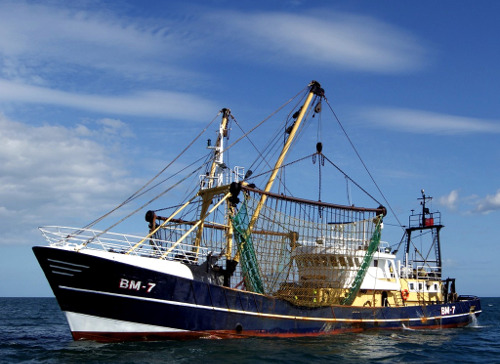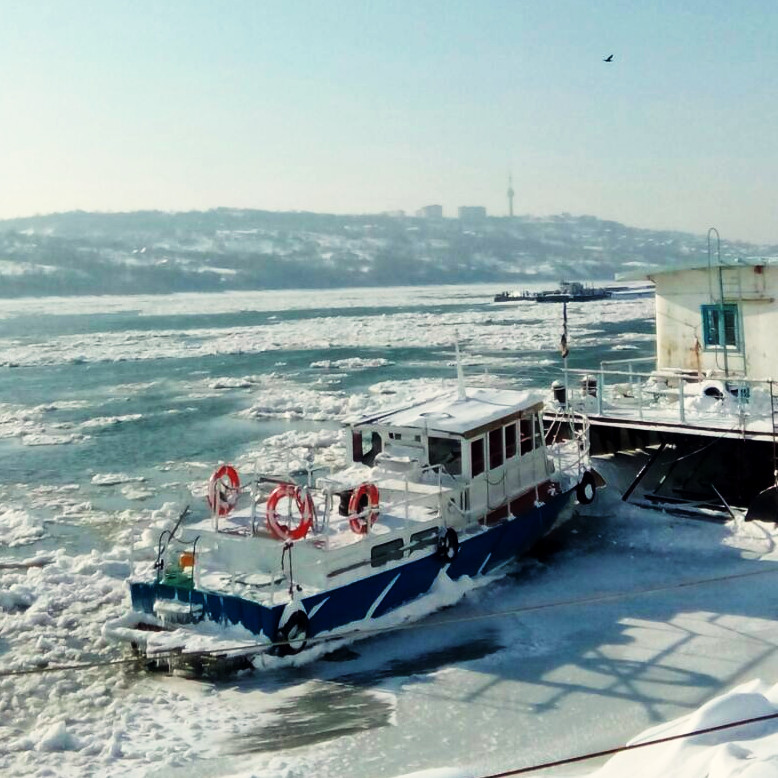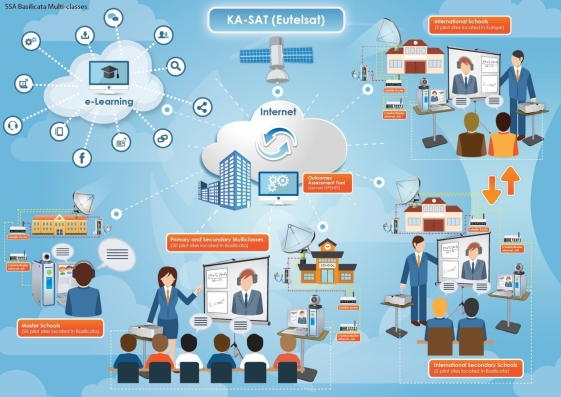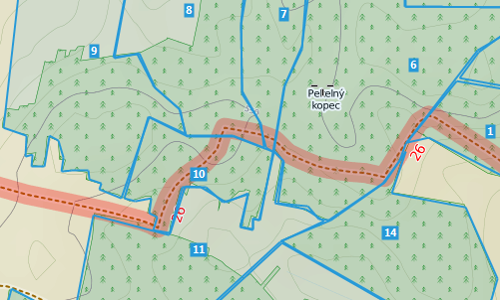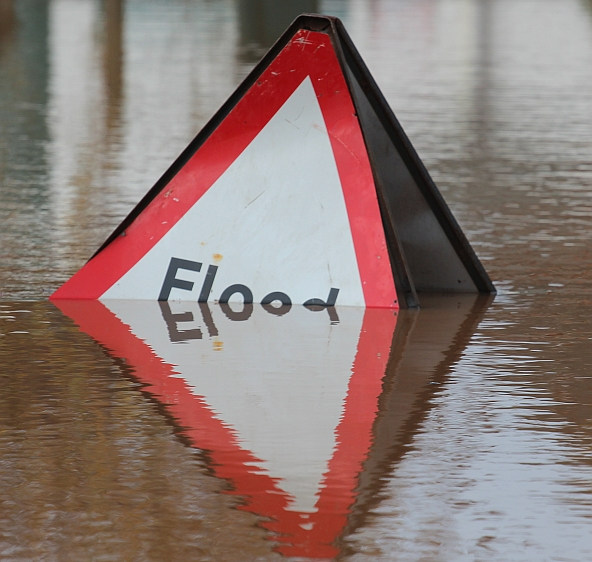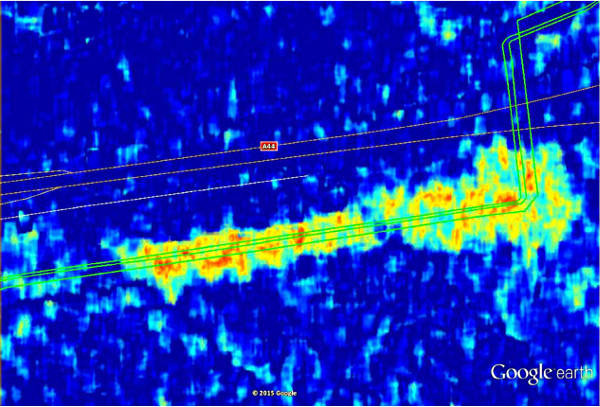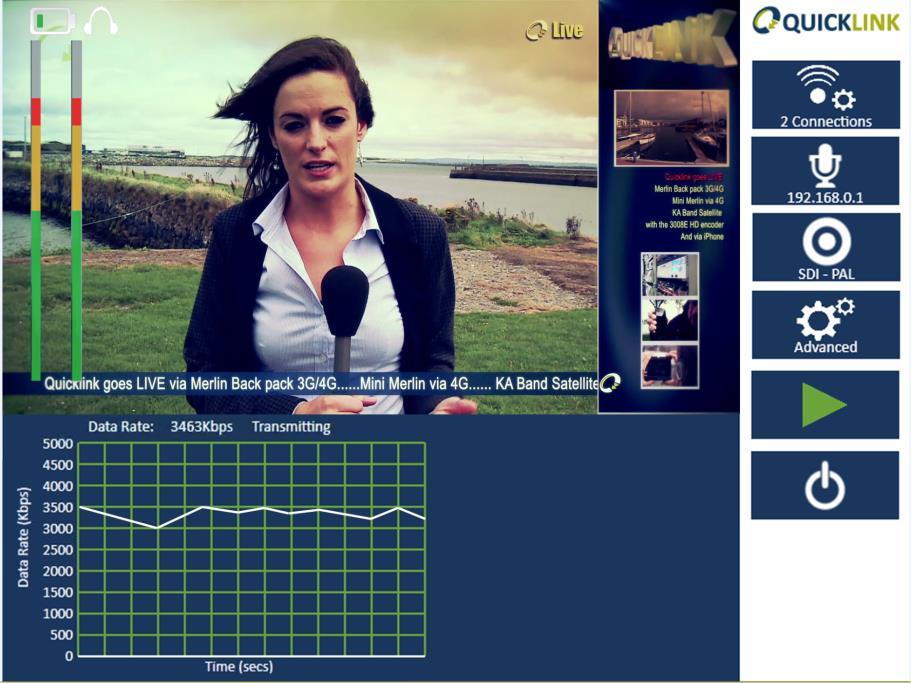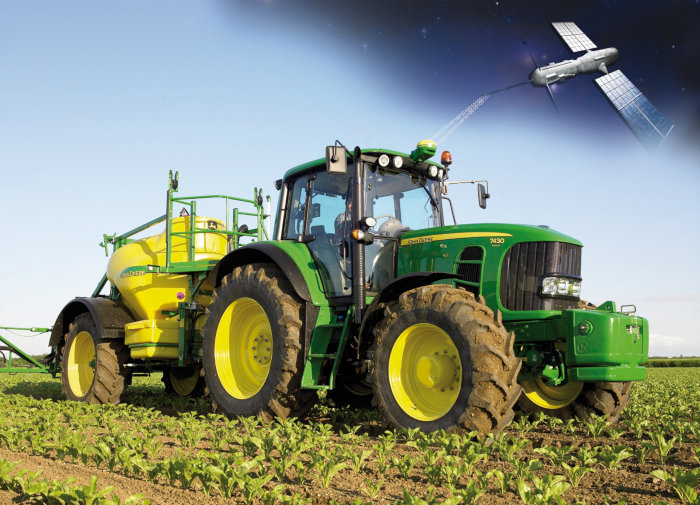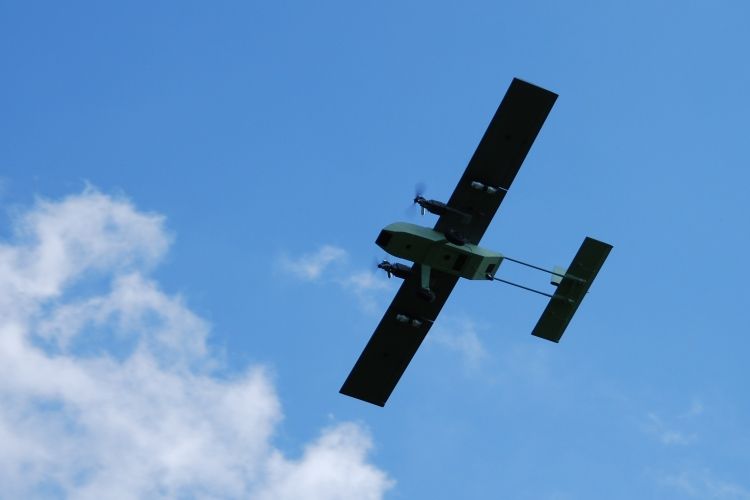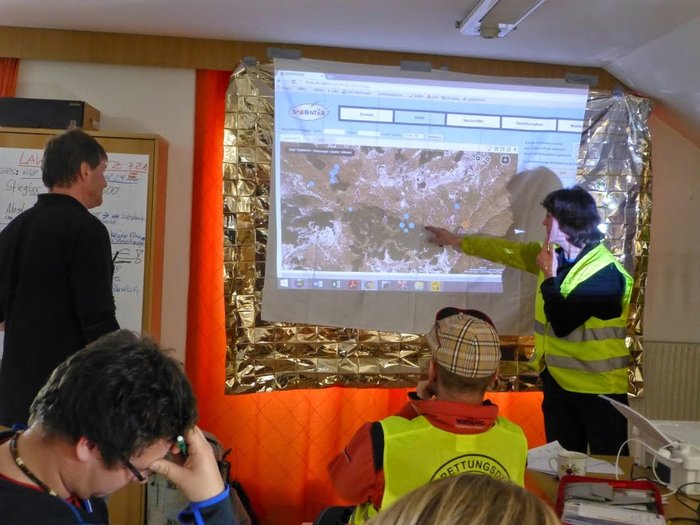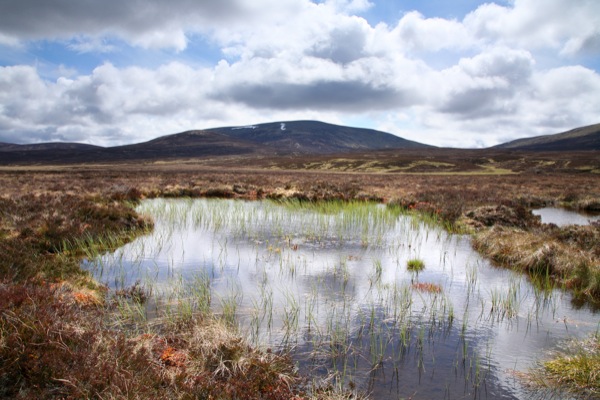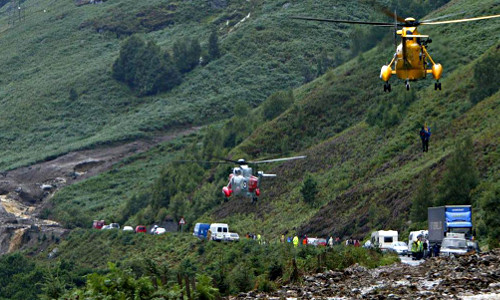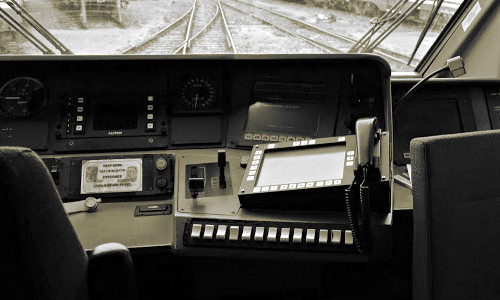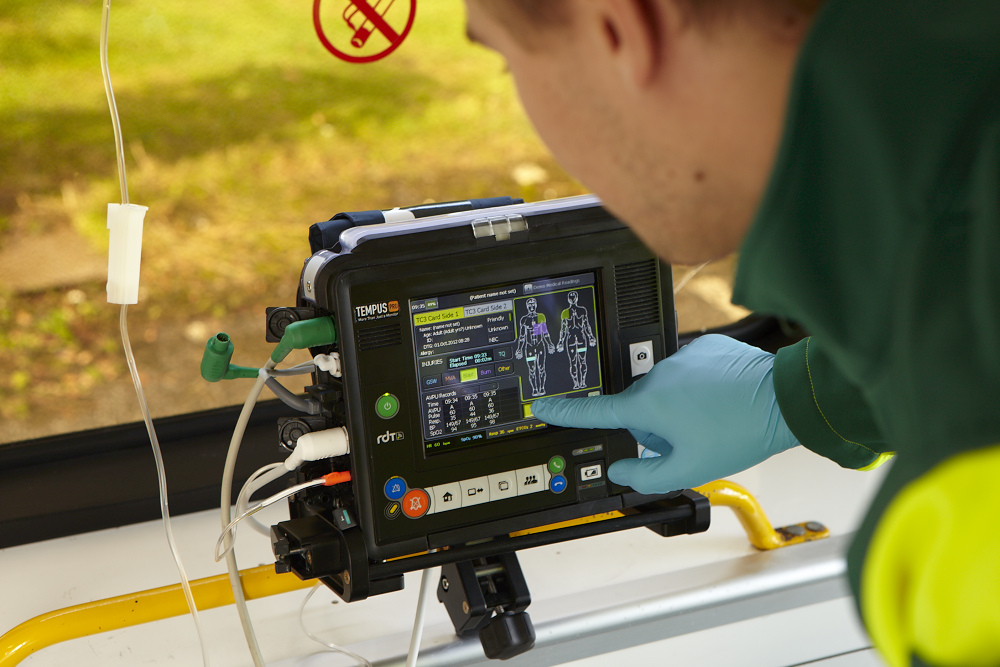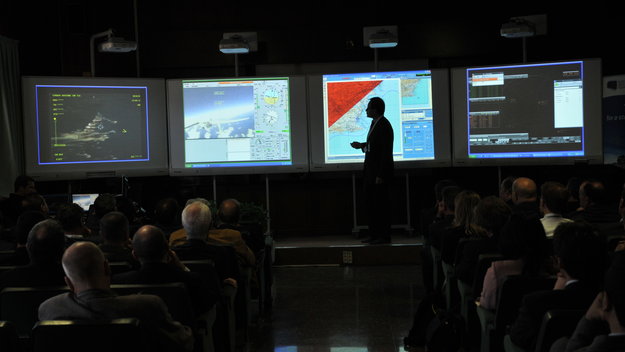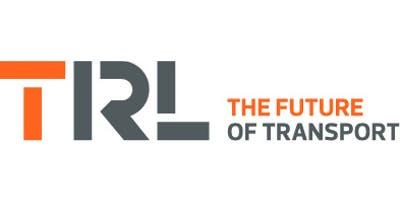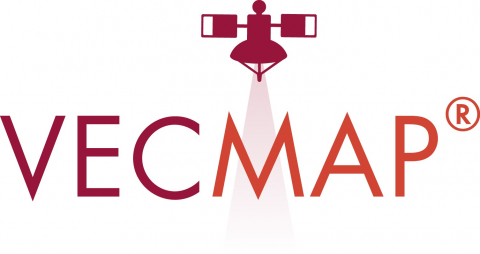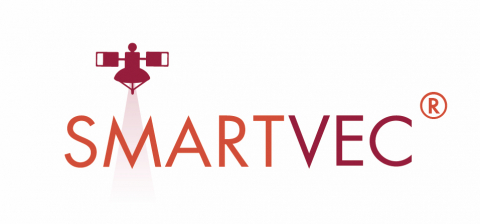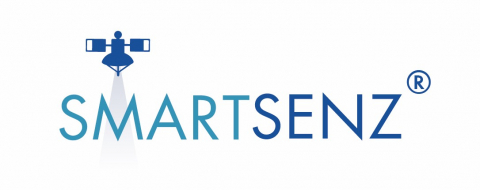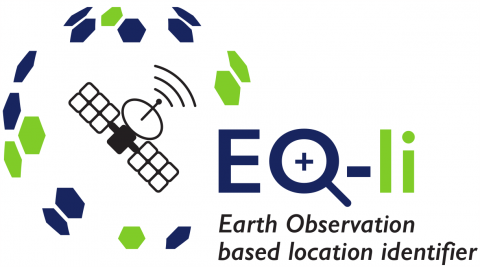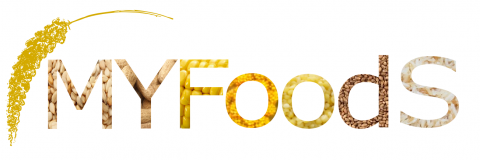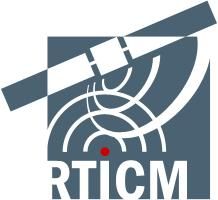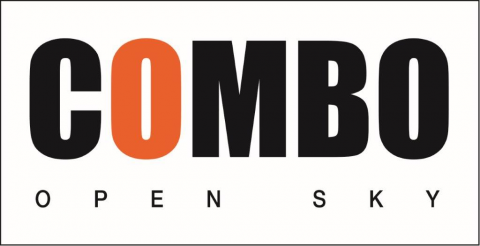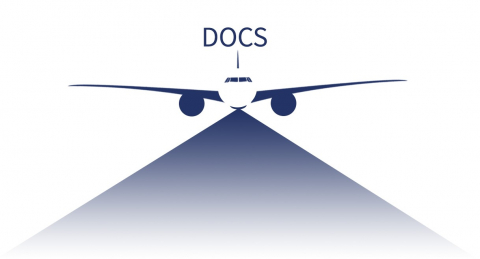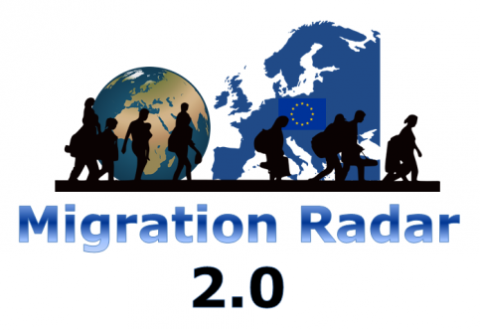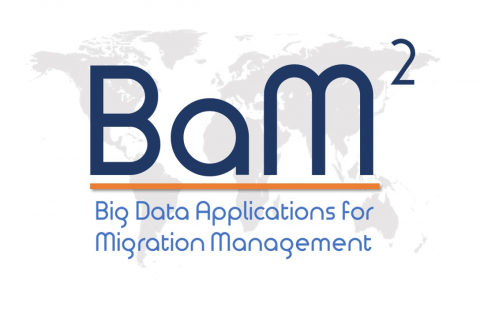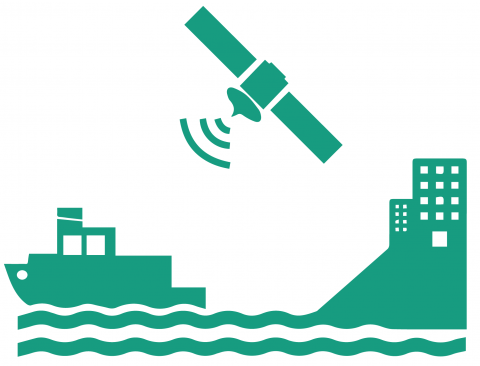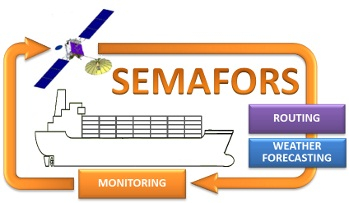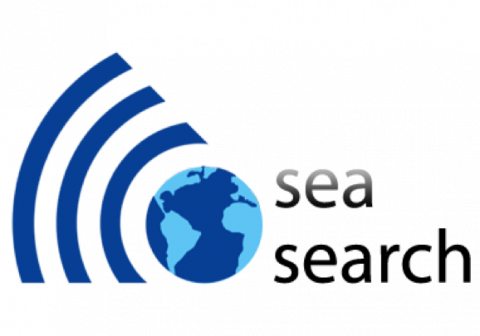Reducing the risk of bird strikes using satellite images and Ascend’s Normalised Difference Water index software (NDWI)
BROWSE PROJECTS
Based on user needs and industry skills, the evolution of customized solutions and the establishment of innovative services is accomplished through project activities. Focusing on various thematic areas, relevant information on the project activities is provided below.
UTRAQ
Status date: 05 July 2018
VECMAP
Status date: 05 July 2018
VECMAP® is an award-winning one-stop-shop for the area-wide mapping of the distribution and abundance of pests that transmit diseases. The software includes tools for (1) geo-located field survey planning, (2) collection, storage & management of geo-referenced data, and (3) spatial analysis and spatial modelling of observed presence and absence data using earth observation data sets as predictor data.
SmartVEC
Status date: 04 July 2018
SmartVEC® is a spin-off platform from VECMAP® to monitor vector population dynamics and the spread of vector-borne diseases in urban settings in the tropics. It is used by Avia-GIS to support its contract research activities with the pharmaceutical industry in disease hotspots globally.
SmartSenZ
Status date: 04 July 2018
SmartSenZ® is a spin-off service from VECMAP® that aims at delivering eco-friendly integrated pest management services to public and private customers in the tropics. The service was demonstrated and is currently being deployed in the luxury hospitality sector in South Africa.
EO-li
Status date: 28 June 2018
EO-li (Earth Observation based location identifier) is an open source web-based,global platform matching demand and supply of identifying, selecting and reporting in the land restoration context. It has four components, namely the (i) identification of a location area to be restored, the (ii) selection of an area and the actors involved in the restoration activity, the (iii) monitoring and reporting on the progress of the project using earth observation and geospatial data and (iv) a learning component providing guidance and capacity strengthening.
MYFoodS
Status date: 25 June 2018
EO-based information service based on monitoring Micro Yields for assessing Food Security and Malnutrition (MYFoodS) in rural subsistence farming areas in Burkina Faso
RTICM
Status date: 19 June 2018
LuxSpace (LU), in cooperation with the project partners arviem (CH), OHB teledata (D) and megatel (D), develop an innovative container/cargo monitoring device which offers cargo localisation and condition monitoring capabilities via a wireless sensor network and reporting using satellite communication means and AIS (Automatic Identification System) data.
Apart from the technical development, a comprehensive customer tailored real time cargo monitoring service is offered, including analytics and operational support.
Cerberus: Forest Falcon FS
Status date: 05 January 2016
If you care about the future, you also care about our planet. Greenhouse gas emissions caused by forest degradation and deforestation are one of the largest causes of global warming. Many organizations have a negative impact on the extent and quality of our forests. It is time we change that. We map what matters. Through our crowd — a big, global community of people who care about our planet just as much as we do — we build maps and information products of high quality and reliability. Our forest monitoring services can be adjusted to your specific needs, so you will get exactly the information you need.
COMBO-SBB
Status date: 06 June 2018
COMBINED CONNECTION SAT and DSL for SMART BALANCING and BACK UP project aims to develop a complete and innovative end to end platform to combine dynamically traffic between a SAT connection and a xDSL connection available in the user premises to guarantee improved overall link capacity and link continuity
DOCS
Status date: 20 March 2018
Re-using civil aircraft to create constellations for providing high spatial & temporal Earth observation data and telecommunication services; a most ecological constellation re-using the most reliable platform.
Migration Radar 2.0
Status date: 29 May 2018
Migration Radar 2.0 services are aimed at optimizing the prognosis for different stakeholders involved in the field of migration, operating at different roles and capacities. Big datasets stemming from space assets and social media are combined with existing migration datasets to develop information-enriched products, customized to the user needs. Provisioning these products in the form of automated, user-intuitive and flexible services helps the stakeholders in optimizing their decision making processes in a timely and accurate manner.
Big data applications to boost preparedness and response to migration
Status date: 25 May 2018
The study aims at assessing the technical feasibility and economic viability of services enhancing human migration crisis management, through the use of Big Data solutions and RPAS.
TeleRetail Delivery Robot
Status date: 17 May 2018
TeleRetail automates regional logistics to save millions of users billions of hours while minimizing the ecological footprint of transportation. Its activities include the development of automated on demand courier robots for same day delivery services in urban and sub-urban areas. The company's technology reduces the space, cost and energy requirements of local logistics by up to 90%.
SENSE
Status date: 17 June 2018
The preservation of safety and information distribution in the maritime transport market is currently enabled by systems, which already show signs of overload, such as AIS. SENSE is a feasibility study to analyse and assess the use of space assets, and in particular VDES, for maritime navigation systems. The project aims at developing a viable system services concept closing the information gap between ship and shore. SENSE’s core value is information exchange using worldwide standardized dataflows and thus ensure easy scalability and integration of new vessels.
SEMAFORS
Status date: 22 April 2013
SEMAFORS, the Ship Efficiency Monitoring, weAther Forecasting and Optimised Routing Service is a user focused project in support of the shipping industry.
SEMAFORS will investigate, establish and demonstrate through sea trials a concept to improve ship fuel efficiency by providing the means to better planning, avoiding of adverse weather and by making better use of ocean currents.
SeaSearch
Status date: 11 May 2018
Based on mobile phone detectors and data correlation from other sources such as satellite, maritime and radar systems, SeaSearch focuses on the detection of small vessels at sea and generates Maritime Situation Awareness Pictures.


